This article explores the evolution of Kirby's marketing strategy in the West, focusing on the "Angry Kirby" phenomenon. Former Nintendo employees shed light on the decisions behind the character's altered appearance and marketing campaigns.
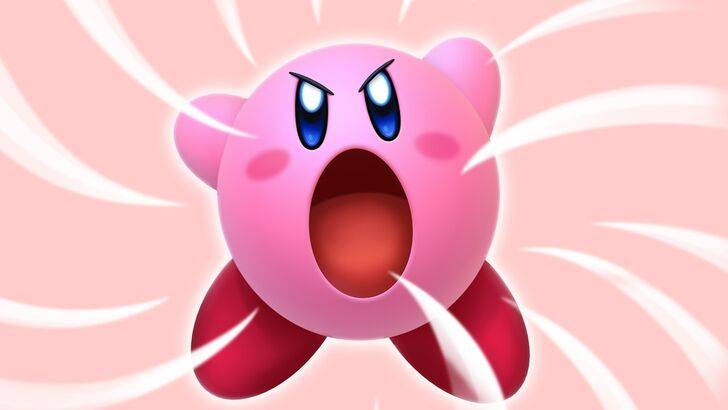
A Tougher Kirby for Western Audiences
Nintendo's approach to marketing Kirby in the West differed significantly from its Japanese strategy. The decision to portray Kirby with a more determined, even "angry," expression on game covers and artwork was a conscious effort to appeal to a broader Western audience, particularly boys. As Leslie Swan, former Nintendo Localization Director, explained to Polygon (January 16, 2025), while cute characters resonate universally in Japan, tougher characters held more appeal for tween and teen boys in the U.S.
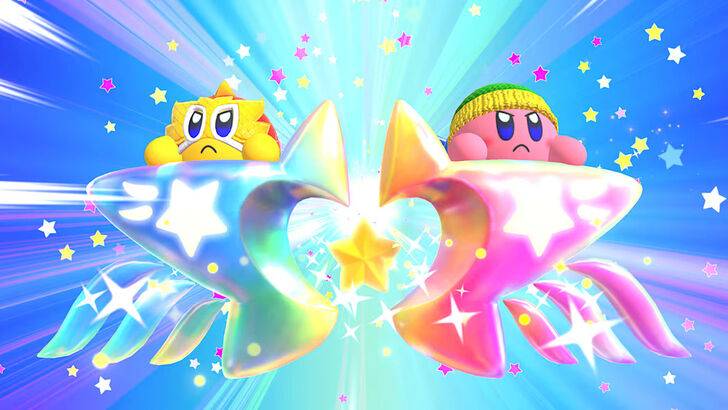
Shinya Kumazaki, director of Kirby: Triple Deluxe, corroborated this, noting that while cute Kirby resonates most in Japan, a "strong, tough Kirby" performed better in the US market. However, he also pointed out the variability depending on the game, citing Kirby Super Star Ultra as an example with a tougher Kirby on both US and Japanese box art. The core gameplay, emphasizing combat, also contributed to this image shift.
"Super Tuff Pink Puff" and Nintendo's Image Shift
The marketing strategy extended beyond visual changes. The "Super Tuff Pink Puff" tagline for Kirby Super Star Ultra (2008) exemplified Nintendo's attempt to shake off its "kiddie" image, as explained by Krysta Yang, former Nintendo of America Public Relations Manager. This shift aimed to broaden the appeal beyond a solely young audience, focusing on the combat aspects of the games. While recent years have seen a more balanced approach, showcasing Kirby's gameplay and abilities, the perception of Kirby as primarily "cute" persists.
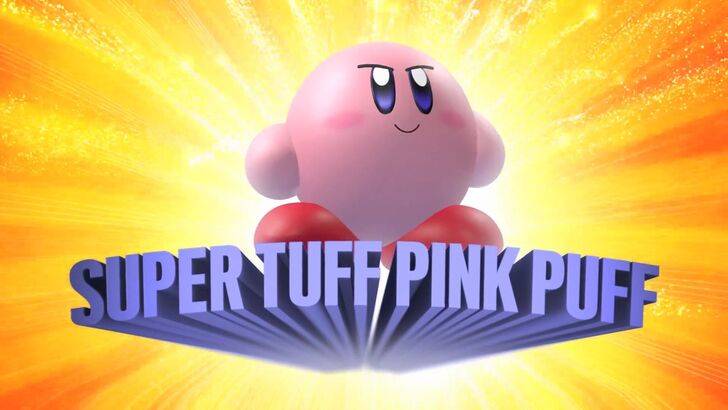
Localization Differences and the "Play It Loud" Campaign
The differences between Japanese and US localization are evident in various aspects. The infamous 1995 "Play It Loud" mugshot advertisement was a prime example. Furthermore, early games like Kirby's Dream Land (1992) featured a ghostly-white Kirby on the US Game Boy release, contrasting with the original pink hue in Japan. This, along with the perceived need to appeal to a broader audience, led to the consistent use of a tougher Kirby image on US box art for titles like Kirby: Nightmare in Dream Land (2002), Kirby Air Ride (2003), and Kirby: Squeak Squad (2006).
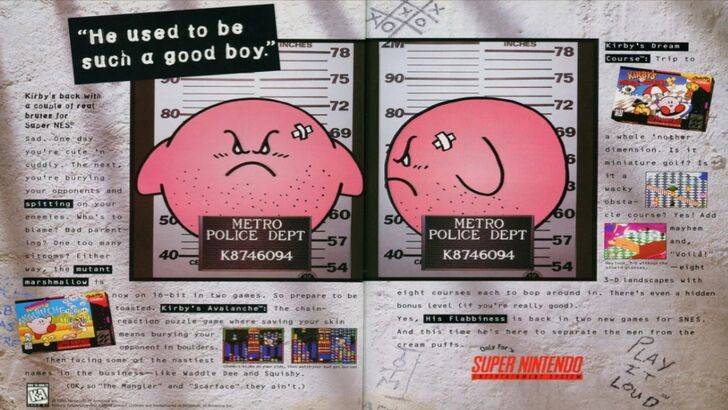
A More Global Approach
Both Swan and Yang concur that Nintendo has adopted a more globalized approach in recent years. Closer collaboration between Nintendo of America and its Japanese counterpart has resulted in more consistent marketing and localization strategies. This has led to a reduction in regional variations like the differing Kirby box art and a move away from potentially controversial campaigns such as the 1995 "Play It Loud" advertisement.
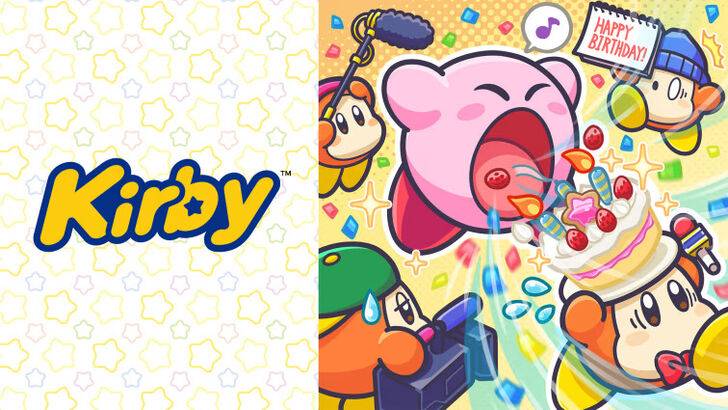
While this global approach ensures brand consistency, it also risks overlooking regional nuances and potentially resulting in less distinctive, more "safe" marketing. However, the increased familiarity of Western audiences with Japanese culture may be a contributing factor to this shift in strategy.

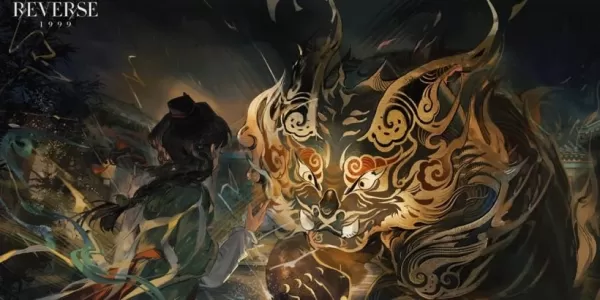
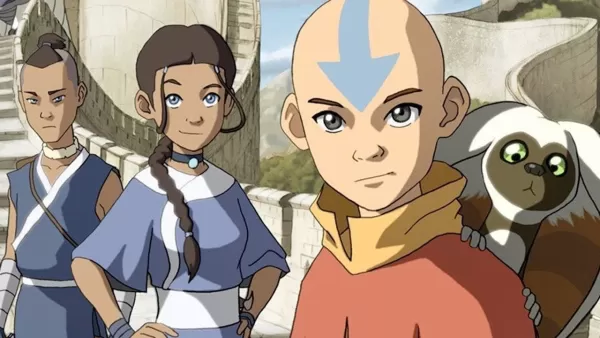

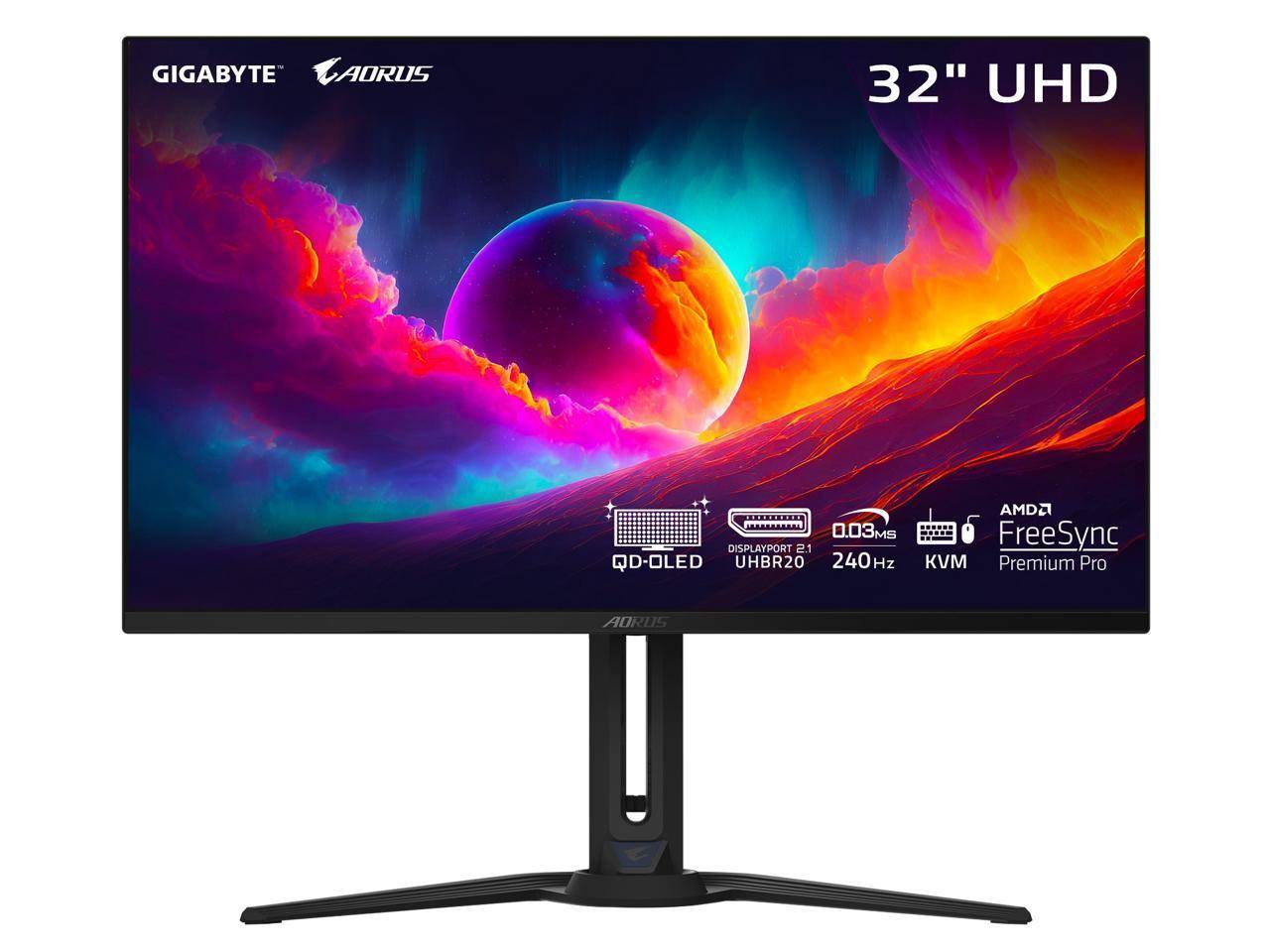

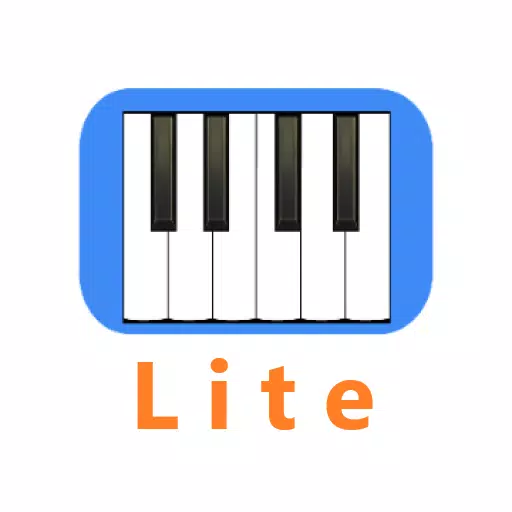

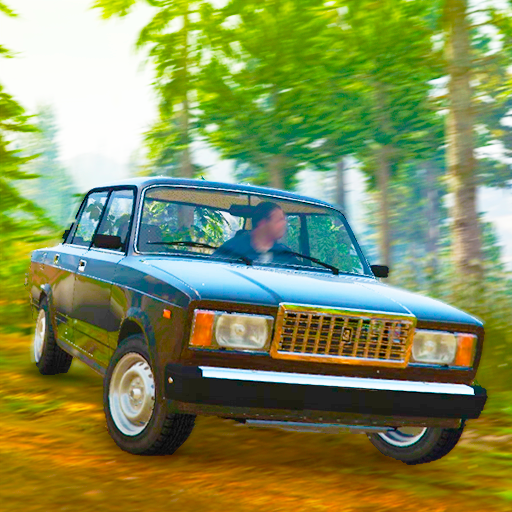


















![City Devil: Restart [v0.2]](https://img.icssh.com/uploads/38/1719554737667e52b102f12.jpg)


